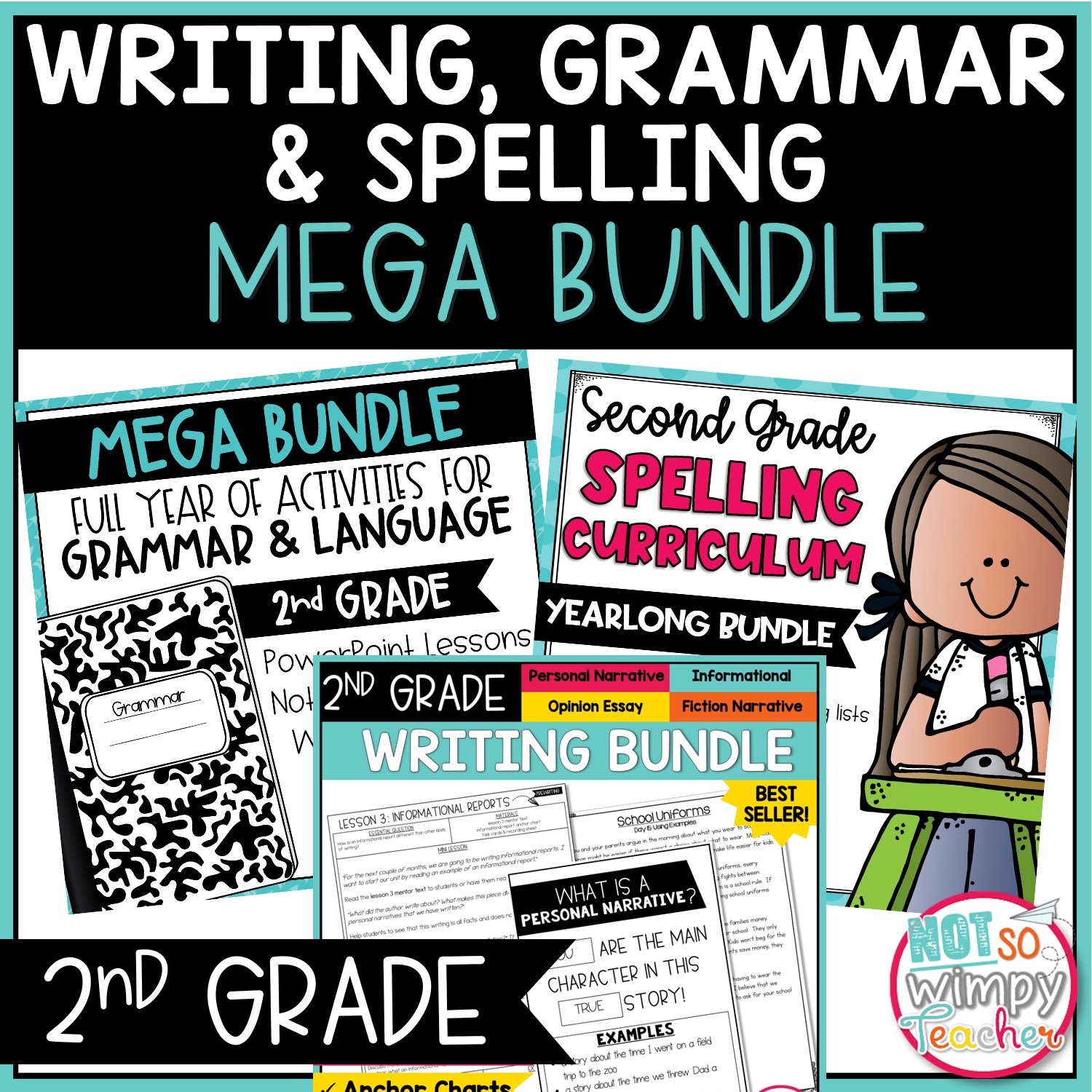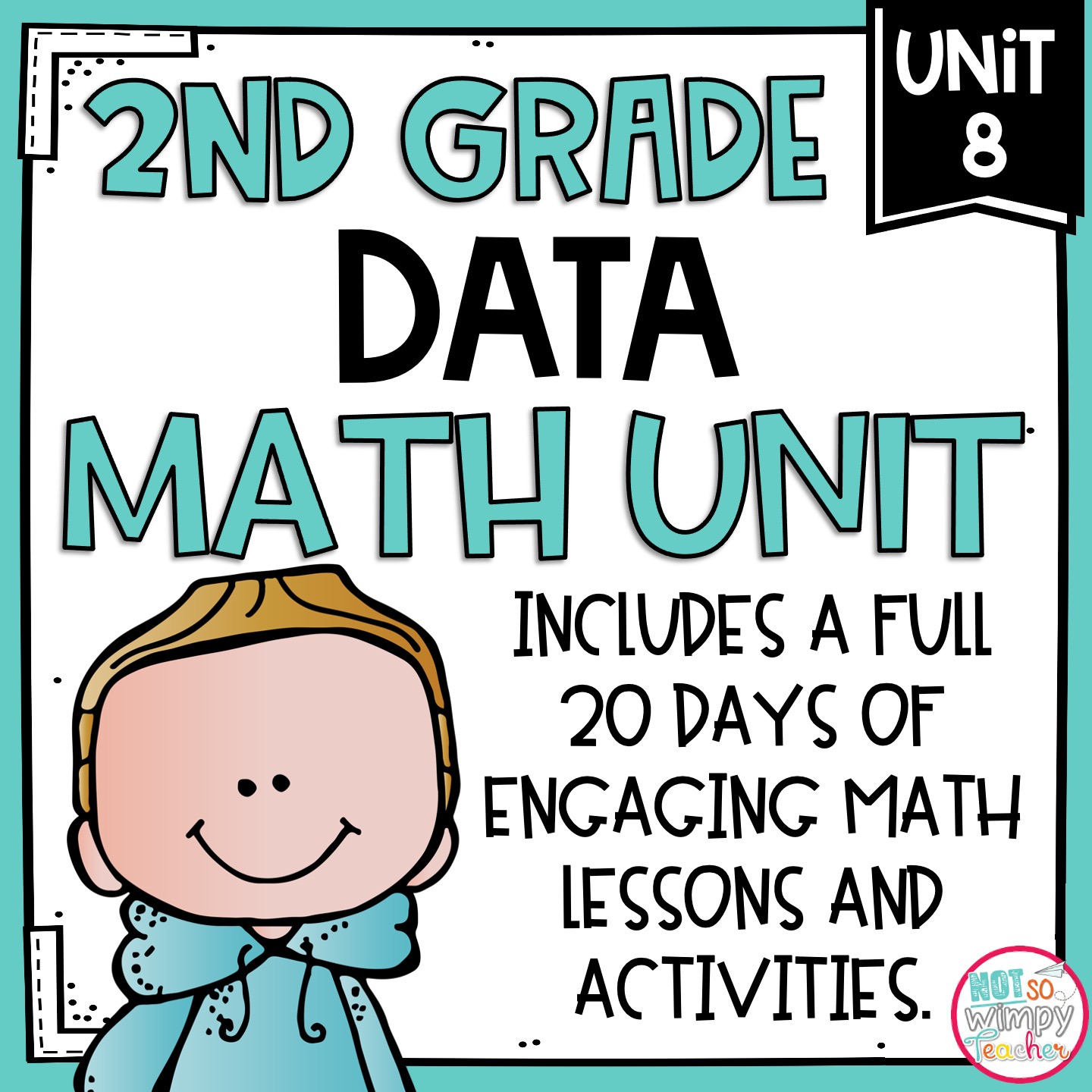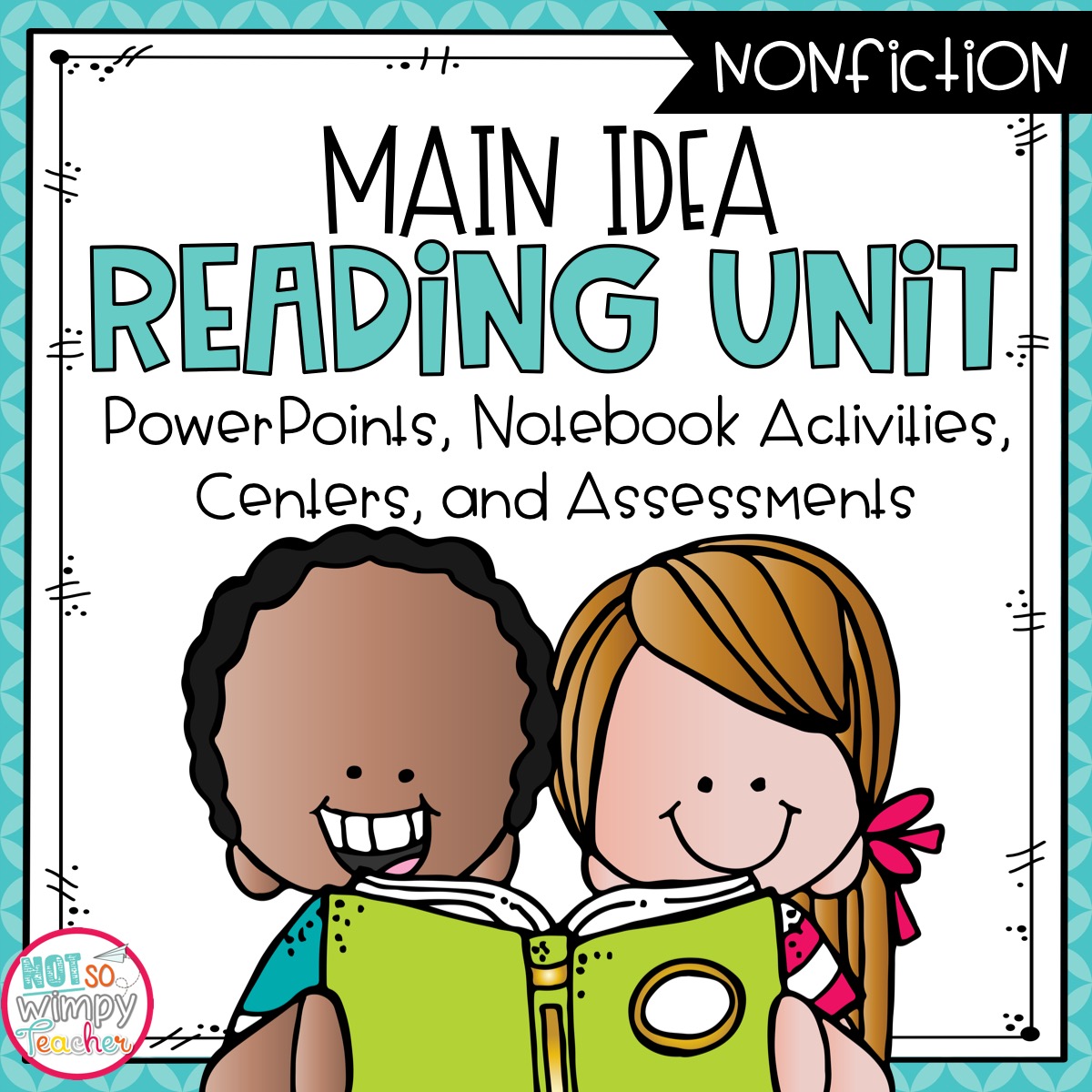My second grade informational report writing unit includes 8 weeks of done-for-you writing lessons about how to write an engaging informational report essay, including research, note taking, and paraphrasing skills. This unit contains detailed lesson plans, mentor texts, anchor charts, student writing tasks, and rubrics–everything you need to be a capable, confident writing teacher with students who love to write.
Informational Writing Unit SECOND GRADE
Save MORE with Lesson GenieMore about this resource
My second grade informational report writing unit includes 8 weeks of done-for-you writing lessons about how to write an engaging informational report essay, including research, note taking, and paraphrasing skills. This unit contains detailed lesson plans, mentor texts, anchor charts, student writing tasks, and rubrics–everything you need to be a capable, confident writing teacher with students who love to write.
If teaching writing has ever made you cry, weep, tear out your hair, question your existence, or binge-watch reality television—because it’s just that frustrating and overwhelming—this writing unit is perfect for you.
If your students dread writing time more than meatloaf in the school cafeteria…this writing unit is perfect for them, too.
Teaching writing can be tough. Teachers tell me that their district-provided writing curriculum is:
- too long
- too wordy
- too complicated
Or worse, they don’t have any curriculum at all. Yikes!
But my second grade informational report writing unit makes teaching writing easy. It takes all the guesswork out of teaching writing and gives you the tools you need to teach engaging and effective writing lessons without breaking a sweat.
The ready-to-use lessons and activities in this informational report writing unit will teach your students how to conduct research, take note, paraphrase, craft a strong lead, choose interesting details, write topic and concluding sentences, and structure paragraphs. And all you have to do is print and teach. The lesson plans are that simple. Seriously.
Student-friendly mentor texts make it easy to provide illustrative examples of new writing skills. You don’t have to waste your time and money hunting down just the right book. Focused mini lessons and daily writing tasks simplify the writing process helping ALL students, even reluctant writers, experience success. Preprinted anchor charts make it easy to model new skills and engage in shared writing without wasting valuable time.
And best of all, my informational report writing unit makes writing fun for ALL your students–from reluctant writers to excited writers. The Student Success Path helps you identify where your students are on their writing journey and plan just-right lessons and interventions. Short, focused lessons keep students engaged. Simple, direct writing tasks help kids develop confidence. Conference materials, including outlines and topic cards, you can use to guide small group discussion make it easy for you to differentiate lessons.
Choice empowers students to write about things they care about and makes them more invested in their writing. And that’s a big deal because students who enjoy writing and get lots of practice perform better on standardized testing.
Plus, these materials are easy-to-use. Everything is organized in folders to help you find just what you need. A Quick Start Guide makes it simple to get started and provides tips on how to prep materials for long-term use.
The 2-week Starting Writing Workshop mini-unit will help you start your writing instruction on the right foot. Detailed teacher directions show you exactly how to use all the resources and activities.
How Our Writing Curriculum is Aligned with the Science of Reading:
- Structured writing routine: Our writing curriculum is organized into 4 genres. Each 8-week unit is carefully structured, beginning with foundational skills before moving into more advanced skills. Students are taught a systematic approach to writing including: brainstorming, drafting, revising, editing, and publishing.
- Explicit instruction: Daily lessons begin with explicit instruction including access to examples via mentor texts, modeling, and directed practice. Each skill is broken down into bite-size pieces so that students can learn one skill at a time. Students practice skills independently, working on one sentence or paragraph at a time.
- Differentiation: Writing is differentiated through small group instruction that provides reteaching, additional practice, and support at appropriate levels.
- Daily opportunities to write: The majority of the writing lesson is reserved for independent writing time, providing students with large blocks of time to write and practice skills every day.
- Demonstrates the connection between reading and writing: Mentor texts provide concrete examples of writing skills and allow children to experiment with and apply sophisticated skills and language in their own writing. In addition, constructing their own writing pieces helps students recognize, connect, and understand these strategies when reading.
What’s Included:
- Detailed teacher directions and suggestions for simple implementation
- Unit-at-a-glance calendar for each unit
- 7 exclusive videos walking you through how to get the most out of these writing units
- 40 days of lesson plans that include guiding questions, materials, mini lessons, student work tasks, student share tasks, intervention, and several extension activities
- 13 original mentor text passages
- 24 informational report task cards
- 24 paraphrasing facts task cards
- 24 informational report writing prompt task cards
- 11 teacher anchor charts (blank and filled in versions)
- Student anchor charts and printable for writing notebooks
- Conference and goal tracking forms
- Writing grades tracking forms
- Rubrics
- List of 10 additional mentor text books (Remember, using them is optional, because I’ve included all the mentor texts you need)
- 6 different writing publishing papers
- Student writing notebook cover and dividers
- Teacher notebook covers and binder spines
- Multiple ideas for author share celebration
- DIGITAL writing notebooks on Google Slides
- Conferencing Materials – Conference outlines, a sample conference, and topic cards you can use to guide your small-group conferences
- Student Success Path – Identify where your students are on their writing journey
- Starting Writing Workshop Bonus – Two weeks of writing lesson plans to help build stamina and set your students up for writing success
Skills Covered:
Students learn how to use research, take notes, and paraphrase, and write an engaging information report with a strong lead, topic and concluding sentences and details. Lessons include:
- Setting goals
- What is an informational report?
- Generating report ideas
- Narrowing your report idea to a seed
- Research and note taking
- Paraphrasing
- Table of contents
- Subtopics
- Drafting
- Writing a lead
- Topic and concluding sentences
- Word choice-adding vocabulary and definitions
- Adding details
- Transitions
- Writing a conclusion
- Text features
- Editing
- Publishing
How to Use it in the Classroom:
A typical day of writing:
I recommend you set aside 30-45 minutes for writing each day (or more if you have it). Check out the sample schedules below. Each day follows the same plan:
- Mini Lesson (8-10 minutes): The day kicks off with a mini lesson to teach a particular skill. The mini-lesson uses mentor text (remember, it’s included in the unit) and anchor charts. For the teacher version of the anchor charts, you can project and fill them out with the class, or print and display them in your classroom. The student versions are smaller so they can fill them out and keep them in their writing notebooks for reference.
- Work Time (18-20 minutes): Students will apply the skill they just learned into their writing each day. The included writing tasks make it crystal-clear what to do during independent writing time–for you and your students. By the end of the unit, they will have completed two full masterpieces and many other independent writings.
- Share Time (2 minutes): Students are encouraged to share a piece of their writing with a partner or with the entire class. This makes writing more meaningful to kids and holds them accountable.
Organization made easy:
- The informational report writing unit is organized into multiple folders and files so it’s easy for you to find what you need.
- A 40-day daily schedule so you know exactly what to teach each day.
- Detailed daily lesson plans make teaching writing easy.
Differentiation:
There are many ways to differentiate writing assignments:
- Use the Student Success Path to identify where students are on their writing journey and use the suggested interventions to modify lessons.
- These daily writing prompts are intentionally short and sweet so that all students, even those below grade level, can feel successful. Most tasks can be completed in 1-2 sentences.
- More advanced writers can write longer responses, or work on a second masterpiece if they finish early.
- Students can complete fewer task cards or work with a partner; you can also provide support to students as they work on task cards.
- The process for teaching writing includes group conferencing time. These groups should be based on ability so that you can individualize your instruction to meet the specific needs of the group. Use the topic cards to guide your small group lessons.
Why you’ll love this writing unit:
- You’ll save hours of prepping and planning time. The daily lesson plans are easy to implement. All you have to do is print and teach.
- Mentor texts are included. You do not need to hunt down or purchase any additional books! (Unless you want to. Far be it from me to stand between a teacher and new books.)
- Digital anchor charts project onto your white board-so you don’t have to be Picasso or Renoir to anchor your kids in the lesson.
- Pre-printed student anchor charts make it easy for students to follow along without having to write every word and draw complicated diagrams.
- Digital student notebooks are perfect for 1:1 classrooms and a great way to save paper.
- These lessons work for all students, even students below grade level.
- Task cards incorporate movement, reinforce concepts, and make learning fun. Daily share time encourages students to take pride in their writing.
- Direct writing instruction provides a solid foundation of writing skills that leads to increased test scores.
- Aligned with the Science of Reading.
*****************************
More Second Grade Writing Units:
Personal Narrative for Second Grade
Opinion Writing for Second Grade
Fiction Narrative for Second Grade
*****************************








